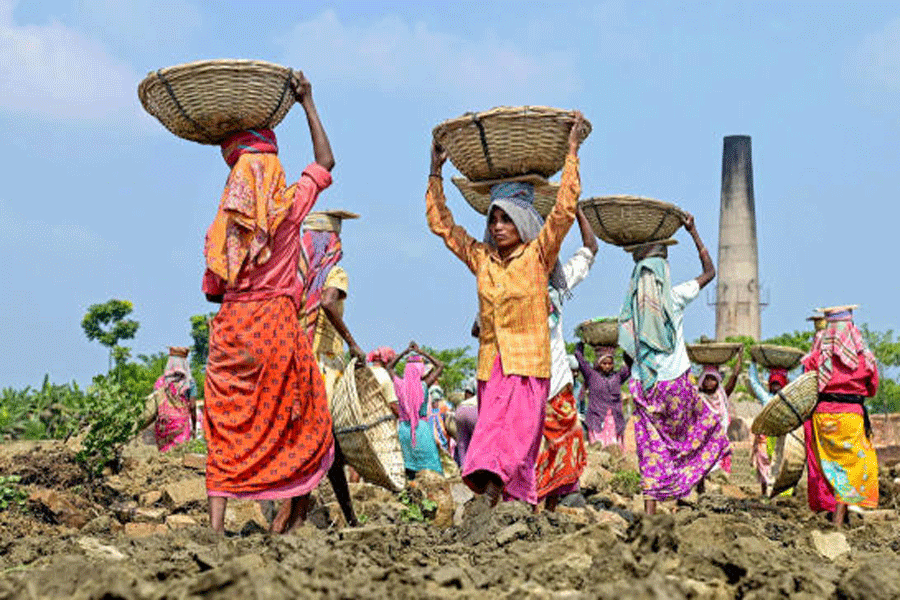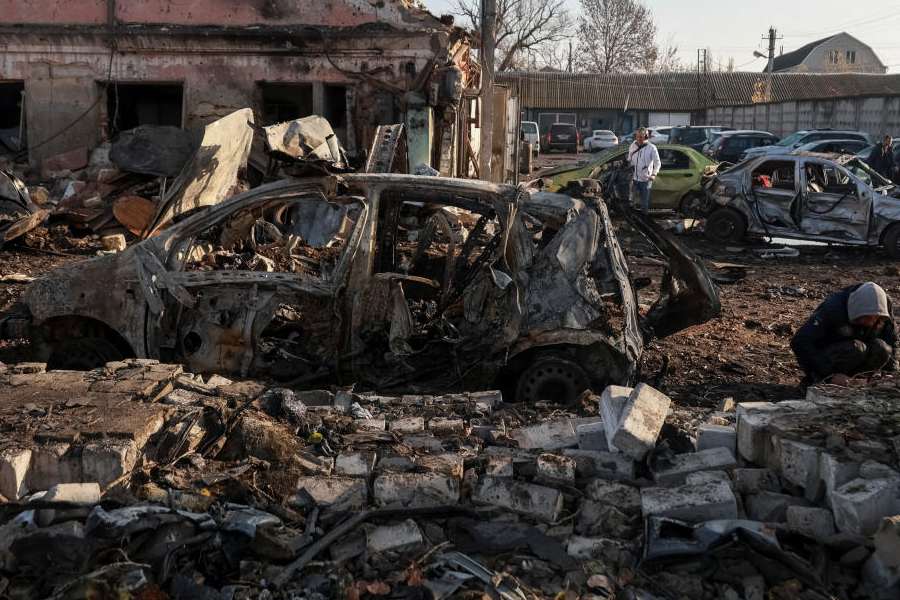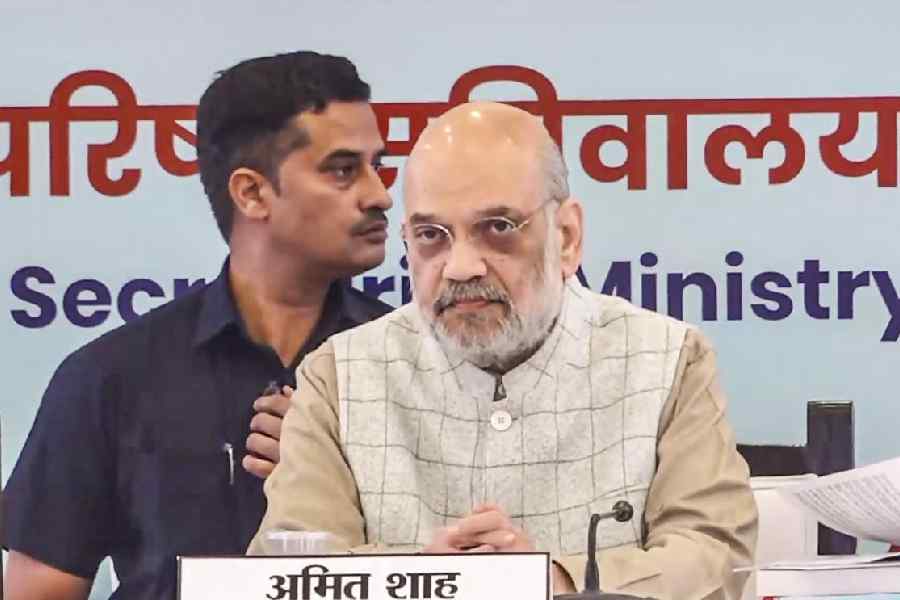The number of persondays generated under the MGNREGA witnessed a significant decline in 11 states in the first half of the 2025-26 financial year over the corresponding period a year ago, according to a report by a private research group.
Persondays is a unit of measurement for work done, calculated by multiplying the number of people working by the number of days they worked.
LibTech India analysed official data from 19 states that have traditionally led in the implementation of the scheme to assess the trend in demand and generation of work. The generation of persondays declined in 11 states between April and September, while only eight recorded an improvement.
The report titled “MGNREGA Employment in India; Insights and Trends during April-September 2025” found that the total persondays generated under the MGNREGA in the first half of 2025-26 dropped by 11.7 per cent over the corresponding period of 2024-25 and by 25.6 per cent over the first half of 2023-24. (See chart)

Among the 11 states, the steepest decline in persondays was noticed in Uttarakhand (54.3 per cent), followed by Telangana (47.6 per cent). Jharkhand saw a 56.4 per cent rise in persondays and Madhya Pradesh 30.5.
The report said that employment generation was relatively better in 2023-24 despite the deletion of nearly 2.37 crore workers from the MGNREGA roster.
The report identified the newly introduced technological interventions as major challenges to the scheme’s implementation. The ministry of rural development (MoRD) had introduced the National Mobile Monitoring System (NMMS) in 2021 to record worker attendance through a mobile app and the Aadhaar-based Payment System (ABPS).
Workers have complained about poor Internet connectivity and complicated procedures hindering compliance with these two key technology-based monitoring mechanisms.
The report said the NMMS had been updated multiple times, leaving ill-equipped frontline officials and the state machinery bewildered. Poor Internet affects picture uploads from work sites under the NMMS.











